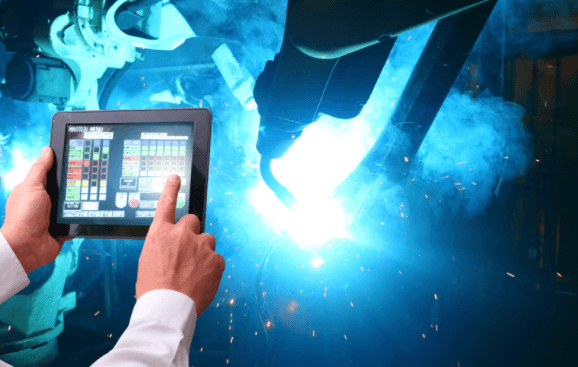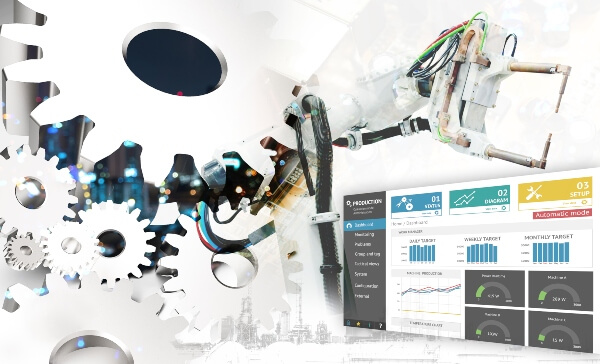Parts Receiving Process was slowing down Production
A Detroit automaker was struggling with a semi-manual, labor-intensive parts receiving process. Workers were required to manually enter parts into a spreadsheet at a stationary workstation, which stopped the receiving process dead in its tracks. In addition, managers often didn’t have accurate part location data and couldn’t make quick decisions for their Just-In-Time inventory process. With thousands of parts received daily, a better system was needed. The solution: an iOS application on an iPod with online server upload and access. Changes to the app can now be made quickly to adjust for any new requirements. The sled/cover allows for a sleek user-friendly hand scanning unit and training new users is simple because most workers are accustomed to using smartphones and iPods.
Mobile App Solves the Problem
Once inbound parts are scanned, the application auto-fills the part number and quantity. Data is then automatically uploaded to a secured web portal where the information is shared real-time and plant-wide. As soon as the data is shared, it’s automatically cleared from the app, permitting a new part to be scanned. The risk of losing track of inventory has been completely eliminated. To further decrease risk of error, the app is programmed to be mostly hands-free. The Just-In-Time inventory process is now managed 24/7 because secure data is available online, giving managers the flexibility to see part inventory status on their phone or from their office. Hand Scanning Unit & Application Screen Shots
The Power of IIoT
The industrial internet of things is pervasive and mobile + cloud systems are achieving greater acceptance in factory environments. While in the past, mobile devices might have been limited to single function hardened units, today there are more and more protective enclosures coming into the market that can mitigate the risk of damage in an industrial environment. This makes iOS and Android applications viable as their software is more advanced and flexible than software that might come loaded on typical “industrial” hardware. Another benefit of these enclosures is that it makes the mobile units less attractive for theft. Apps are a powerful tool to reduce process time both because mobile devices can go anywhere and because so many users already know how to use them. Unlike a stationary computer or a single-purpose scanning unit, an iPod or smartphone has the mobility and familiarity to have an immediate positive impact. Redundant processes can be quickly eliminated, information can be widely disseminated in a secure manner, and decisions made quickly. In addition to part tracking, mobile is a great fit for other factory floor uses, including:
- Performance Management – Managers can stay on top of time critical orders, resolve production problems and drill down to key issues real-time without returning to the production floor. Usually this type of monitoring happens only through a VPN internet connection. Now, all they need is a phone or secure wi-fi connection.
- Machine Monitoring – A manager can schedule production, download equipment health data and even start and stop machinery with their phone app, stopping critical issues before they develop.
- Capacity Planning – Syncing capacity plans and real-time inventory communication with suppliers helps to meet deadlines and reduce costs.





